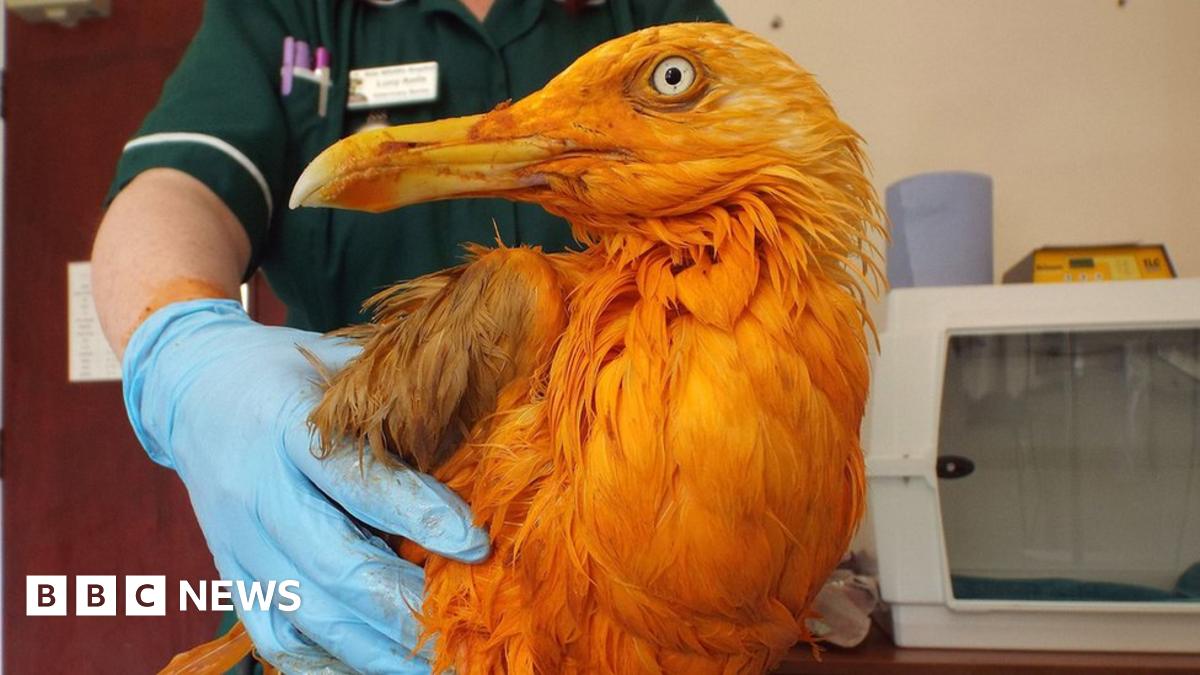Originally posted by Vox Humana
View Post
 - this character only really discernible on a bird in the hand (or a photograph
- this character only really discernible on a bird in the hand (or a photograph  )
)

 - they're both adults - juveniles have pale greyish white, finely streaked, heads......
- they're both adults - juveniles have pale greyish white, finely streaked, heads......



Comment